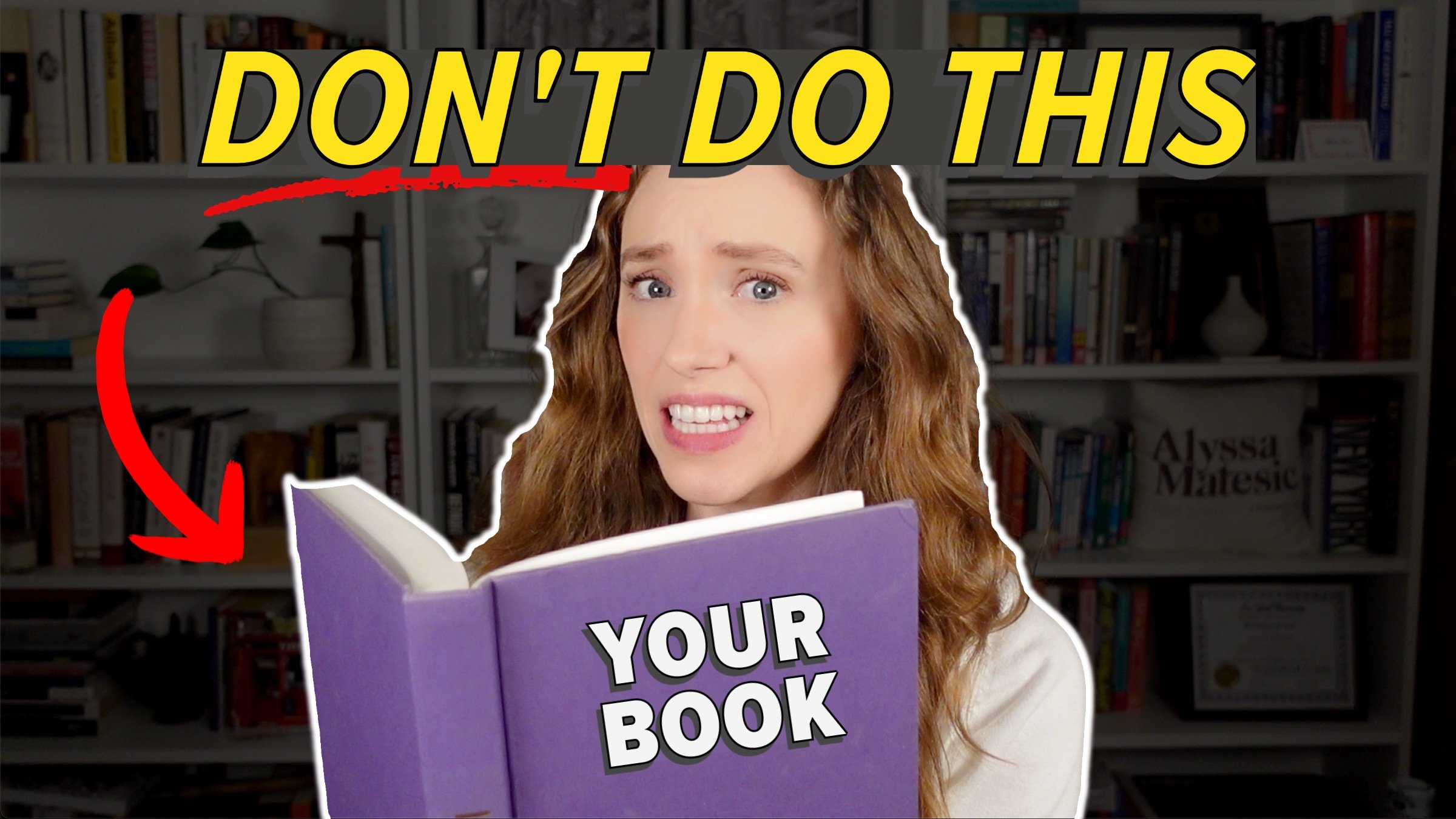Different Novel Structures and How to Pick the Right One
HIT PLAY OR READ THE POST BELOW:
The beginning of the novel writing process is exciting. Inspiration has struck! You know exactly the story you want to tell. Now the next step is to determine how you want to tell it.
As a structural book editor, I am always looking at the overarching shape of the manuscripts I work on, helping writers ensure they are telling their story successfully. In some cases, we'll discover that the initial structure of the novel isn't the most effective way to tell that story. By making adjustments, their manuscripts became more engaging and easier to read.
By adopting a completely different structure, you can elevate your story to the next level. Choosing the right structure for your novel can be the difference between the reader remaining engaged from beginning to end or the reader dropping off after the first 10 pages.
In this article, I'm going to review the most common types of novel structures, as well as when it is best to use each one.
Linear and Chronological
Let's dive into the first narrative structure, which is also the most common: linear and chronological. This is the most simplistic, straightforward narrative structure. It is when the novel follows a given set of characters over a given timeframe, and the scenes will progress linearly and chronologically from one to the next. The scenes unfold in a predictable way.
Now, this could be over the timeframe of a year or as little as a day or even less. One of my favorite thrillers takes place over the course of just a few hours, called Fierce Kingdom by Gin Phillips. Its use of a linear structure is highly effective because the reader can see the high-stakes events unfold as if in real time, during the hours they take to read.
This structure is best if the action of your novel is contained within a specific timeframe with a clear beginning and end. It's also great to use if you are new to novel writing, because it is the most straightforward structure. It doesn't involve too much complex planning in order for you to tell the story.
The Preview
The second narrative structure is what I call the preview structure. This is similar to the linear chronological structure, but with a little twist. This happens when the novel opens by teasing the story's main point of conflict, which occurs later on in the novel. The novel will open at a big point of action or a major revelation, and after that little tease it will go back to a linear structure.
You might be familiar with this structure through movies, as this is a common opening used. Perhaps the protagonist even pauses in the middle of a crazy situation to say something along the lines of, “You might be wondering how I got in this situation.” It can be a really effective opening, although it doesn’t always have to be comedic.
In writing, this teaser can come in the form of a prologue, or it can take place in the opening chapter. However, it shouldn't take up too much of the narrative. Again, it's only a little window into what's to come and then the narrative backtracks to show the events leading up to that major event.
This structure is best to use if you have a major turn of events partway through your novel, and you want to tease suspense from the very beginning to hook the reader. This structure is great at getting the reader invested early on, which is why many thriller and mystery novels use it. It gives the reader a taste of a gasp-worthy moment, hooking them in so they have to read the rest to figure out what happened.
Multiple Storyline
The third structure is the multiple storyline structure. This is when there are different storylines in your book that are interconnected and interwoven in some way, and you switch between those stories.
This structure offers a lot of possibilities. The storylines could be taking place all in the same timeframe, but in different locations and following different characters. Or, they could be set in the same place but occur in different time periods.
This layering of storylines is why this is the most complex narrative structure. It can be difficult to pull off if you're a newbie, but it can also make for a really rich narrative. Most commonly, you would have two storylines, flipping back and forth as they progress chronologically.
These storylines could be in first-person point of view or close third person point of view, and each storyline usually follows one specific main character. You can switch back and forth between these characters, in a sort of A-B-A-B pattern.
If you want, you can have more than two storylines, but remember that the more you add, the harder it is to give proper, in-depth focus on each individual one. You want to ensure you are not disproportionately prioritizing one plot or character, as that is a common issue I see with novels utilizing this structure, and it does stick out to the reader.
This novel structure is great to use if you are writing historical fiction and you want to explore the stories that take place in multiple timeframes. Many historical fiction novels will adopt the structure of a narrative taking place in the present, coupled with another narrative taking place back in time, perhaps with a character's ancestor. That’s why the multiple storyline structure lends itself naturally to the historical fiction genre.
The Skip Ahead
The last narrative structure I want to cover is what I'm calling the skip ahead structure. This is similar to the linear and chronological structure, except while that structure takes place in a more confined timeframe, the skip ahead structure takes place over a much longer time period, maybe multiple years or even a decade or so.
This means the narrative is going to skip through time to show the characters’ main milestones in life. The reader will gain a strong grasp of their overarching character development.
To be honest, this is my least favorite structure, because it can be difficult to successfully pull off. The main challenge with this structure is keeping the reader engaged over a novel that covers such a large timeframe.
However, it is possible. This structure is best to use if your story is more character-driven. Your story should prioritize a character development arc rather than a specific incident. It can also be good to use if you are writing a family saga or epic that requires that larger time frame to fully tell the story.
So if your novel feels drawn to this structure, take the plunge! You can definitely make it work. Since the characters are going to undergo multiple transformations over the course of the book, you want to ensure the reader can truly empathize with all their highs and lows.
I hope this helps get the gears turning a little bit about different novel structures and how your novel is currently organized. Remember how important it is to choose the right narrative structure, as it will vastly impact your reader’s experience of your story.
Thanks so much for reading and happy writing!





